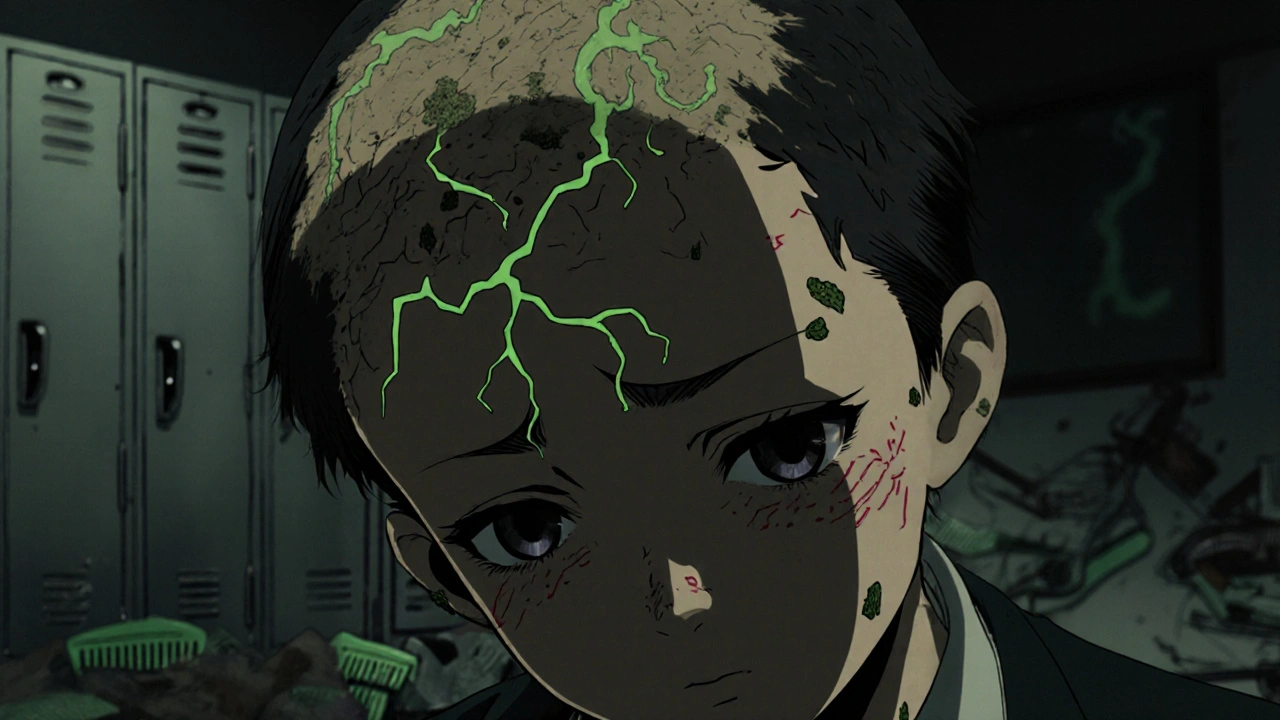
What Is Ringworm, Really?
You’ve probably heard the term ringworm and pictured a worm burrowing under your skin. That’s not what’s happening at all. Ringworm isn’t a worm-it’s a fungal infection. The real name is dermatophytosis, or just tinea. It’s caused by tiny fungi called dermatophytes, mostly from the Trichophyton, Microsporum, and Epidermophyton families. These fungi don’t live inside you-they feed on dead skin, hair, and nails. And they love warmth and moisture.
The classic sign? A red, circular rash with a raised, scaly border and a clearer center. It looks like a ring, hence the name. But not all cases look like that. Sometimes it’s just a patch of red, itchy skin. It can show up anywhere: your scalp, feet, groin, nails, or body. And it’s contagious. You can catch it from a person, an animal, or even a towel or gym mat.
Types of Tinea: Where It Shows Up and How It Looks
Not all fungal infections are the same. Where it grows changes how it behaves and how you treat it.
- Tinea corporis (body ringworm): The classic ring-shaped rash. Starts small-about half a centimeter-and can grow to 3-5 cm in a few days. It’s itchy and scaly, often on arms, legs, or torso.
- Tinea pedis (athlete’s foot): This one’s common in people who wear tight shoes or walk barefoot in locker rooms. It hits between the toes first-red, peeling, stinging skin. Sometimes blisters form. Smelly feet? That’s a red flag.
- Tinea cruris (jock itch): Happens in the groin, inner thighs, and buttocks. It’s red, itchy, and burns. Men get it more, but women can too, especially if they sweat a lot or wear tight clothing.
- Tinea capitis (scalp ringworm): Mostly affects kids under 10. It looks like scaly patches on the scalp. Hair falls out in those spots. In severe cases, a swollen, pus-filled lump called a kerion forms. Left untreated, it can scar and cause permanent hair loss.
- Tinea unguium (nail fungus): Usually hits toenails first. Nails get thick, yellow or brown, and crumbly. It takes months to clear because nails grow slowly. Fingernails are less affected-just 1 in 3 cases.
How Do You Catch It?
You don’t need to be dirty to get ringworm. It’s everywhere. The fungi survive for months on surfaces. Here’s how most people catch it:
- Skin-to-skin contact (60% of cases): Playing with a pet that has a patchy coat, wrestling, or hugging someone with an active infection.
- Contaminated surfaces (30%): Gym floors, shared towels, shower stalls, combs, or even bedsheets. Public pools and locker rooms are hotspots.
- Animals (10%): Cats and dogs are the usual suspects. Puppies and kittens with flaky skin or bald spots can pass it on. Veterinarians and pet owners have a higher risk.
Some things make you more likely to catch it:
- Wearing tight shoes or sweaty socks all day
- Having hyperhidrosis (excessive sweating)-affects 3% of people
- Playing contact sports like wrestling-up to 84% of athletes get it at some point
- Not wearing flip-flops in public showers-this alone increases risk by 45%
Antifungal Creams: What Works and What Doesn’t
For most skin and nail infections, you start with a cream. You don’t need a prescription for the first line of defense. Here are the top ingredients you’ll find:
- Clotrimazole (1%): Found in brands like Lotrimin. Works in 70-80% of cases. Needs daily use for 2-4 weeks. Slower to show results-usually takes 7-10 days to feel better.
- Miconazole (2%): Similar to clotrimazole. Slightly less effective, around 65-75%. Often sold as Micatin.
- Terbinafine (1%): The fastest. Brands like Lamisil AT. Clears up in 1-2 weeks for many. Studies show 80-90% success. Users report visible improvement in just 3-5 days. One of the most reviewed OTC options on Amazon, with 4.3/5 stars from over 4,000 reviews.
- Ketoconazole (2%): Used in Nizoral. Good for stubborn cases. 75-85% effective. Sometimes used for dandruff too.
Here’s what most people get wrong: they stop using the cream as soon as the rash fades. That’s a mistake. The fungus is still alive under the skin. If you stop too early, it comes back. In fact, 45% of people who quit early get it again.
Apply it twice a day. Cover the rash and a bit beyond the edges. Keep going for the full 2-4 weeks-even if it looks fine after a week. Consistency beats speed.

When Creams Aren’t Enough: Oral Medications
Some infections won’t respond to cream alone. That’s when you need pills.
- Tinea capitis (scalp): Topical creams can’t reach deep enough. Oral terbinafine (250mg daily for 4-6 weeks) cures 85-90% of cases. Griseofulvin is another option, especially for young children.
- Tinea unguium (nail fungus): Creams barely help. Oral terbinafine (250mg daily for 6-12 weeks) is the gold standard. Cure rates hit 85%. Itraconazole is an alternative, but it has more side effects.
- Widespread or severe tinea corporis: If the rash covers a big area or doesn’t improve after 2 weeks of cream, see a doctor.
Oral meds aren’t for everyone. Liver checks are often needed before and during treatment. Pregnant women, people with liver disease, or those on other meds should talk to a doctor first.
Why Some Treatments Fail
It’s not always your fault. But here’s what usually goes wrong:
- Stopping too early: As mentioned, 45% of recurrences happen because people quit before the fungus is dead.
- Wrong diagnosis: Eczema, psoriasis, or bacterial infections can look like ringworm. If a cream doesn’t help after 2 weeks, get it checked.
- Resistant strains: A 2022 study found a 12% rise in terbinafine-resistant fungi since 2018. If your infection keeps coming back, it might be resistant.
- Re-exposure: You treat it, but your socks, shoes, or dog still carry the fungus. Clean everything. Wash clothes in hot water. Disinfect floors and shower stalls.
Prevention: How to Avoid It Coming Back
Once you’ve had it, you’re more likely to get it again. But you can cut the risk big time.
- Wear flip-flops in public showers and pools. This cuts your risk by 45%.
- Change socks daily. If you sweat a lot, change them twice a day.
- Avoid sharing towels, combs, hats, or shoes.
- Keep skin dry. After showering, pat your feet and groin dry. Use talcum powder if needed.
- Check your pets. If your cat or dog has bald patches, take them to the vet. They might be carrying the fungus.
- Don’t wear tight shoes all day. Let your feet breathe.
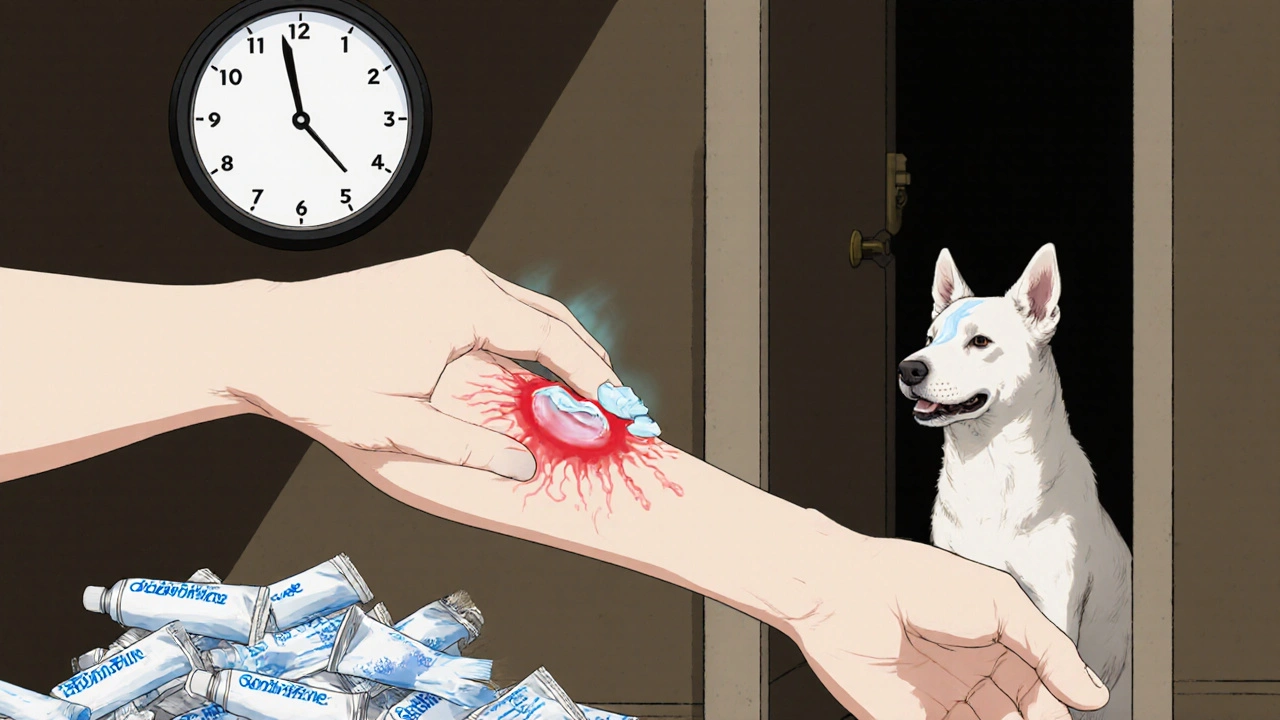
What About Natural Remedies?
You’ll see tea tree oil, coconut oil, apple cider vinegar-lots of home remedies online. But here’s the truth: the Cochrane Review in 2021 found no strong proof that these work better than placebo. Tea tree oil might help a little, but only about 40-50% of people see improvement. That’s half the success rate of clotrimazole or terbinafine.
Don’t waste time or money. Stick with proven antifungals. If you want to use tea tree oil as extra support, fine-but don’t rely on it alone.
Who’s at Highest Risk?
Ringworm doesn’t care about age, but some groups are more vulnerable:
- Children under 10: They make up 60% of scalp ringworm cases. School outbreaks happen every year-15-20% of elementary schools report at least one.
- Immunocompromised people: Those with diabetes, HIV, or on steroids have 3.5 times higher chance of treatment failure.
- Teenagers: Social stigma is real. A 2022 survey found 73% of teens with visible ringworm were bullied or avoided by peers.
- People in hot, humid climates: The fungus thrives above 70% humidity and 25°C. Manchester’s damp weather makes outbreaks more common than you’d think.
The Real Cost of Ringworm
It’s not just a rash. It’s expensive and disruptive.
In the U.S., ringworm causes about 40 million cases a year. That’s 10-15% of all dermatology visits. Direct costs? Around $500 million annually. OTC creams cost $5-$15 each (average $8.75). Oral meds? $25-$150 depending on insurance. In the UK, NHS prescriptions for terbinafine cost £10.80 per prescription (as of 2025), or free for those under 18 or with medical exemptions.
And the hidden cost? Missed school, lost work, anxiety, embarrassment. Especially for kids. Treating it early isn’t just about healing-it’s about protecting your quality of life.
When to See a Doctor
Try an OTC cream for 2 weeks. If it’s not better-or worse-go to your GP or dermatologist. Also see a doctor if:
- The rash spreads rapidly
- You have a kerion (swollen, pus-filled lump on the scalp)
- Your nails are thick and discolored
- You’re diabetic or immunocompromised
- You’re treating a child under 10 with scalp symptoms
Doctors can do a skin scraping and look under a microscope to confirm it’s fungus-not something else.


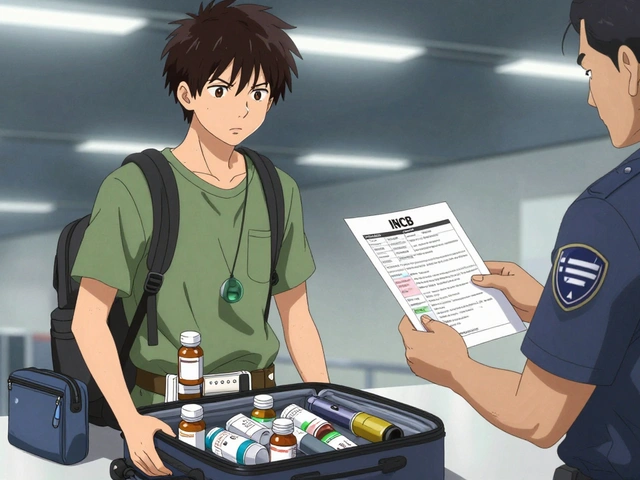

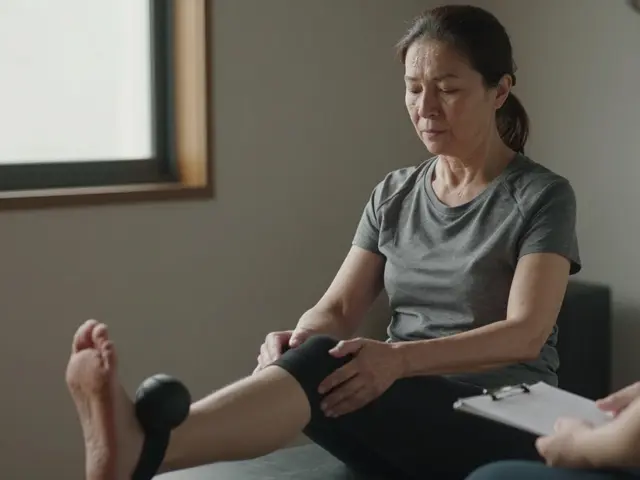

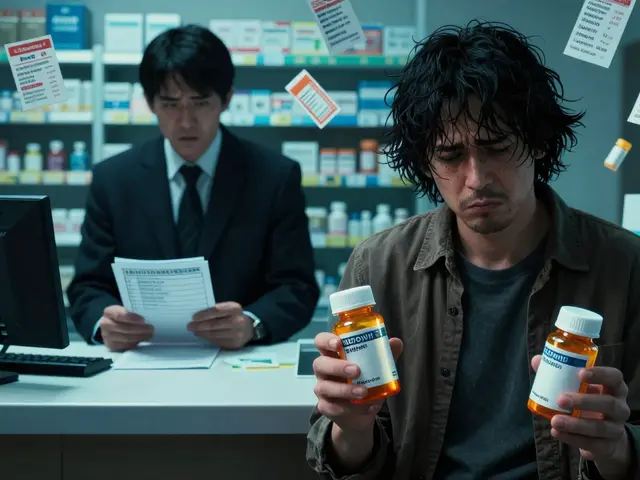
12 Comments